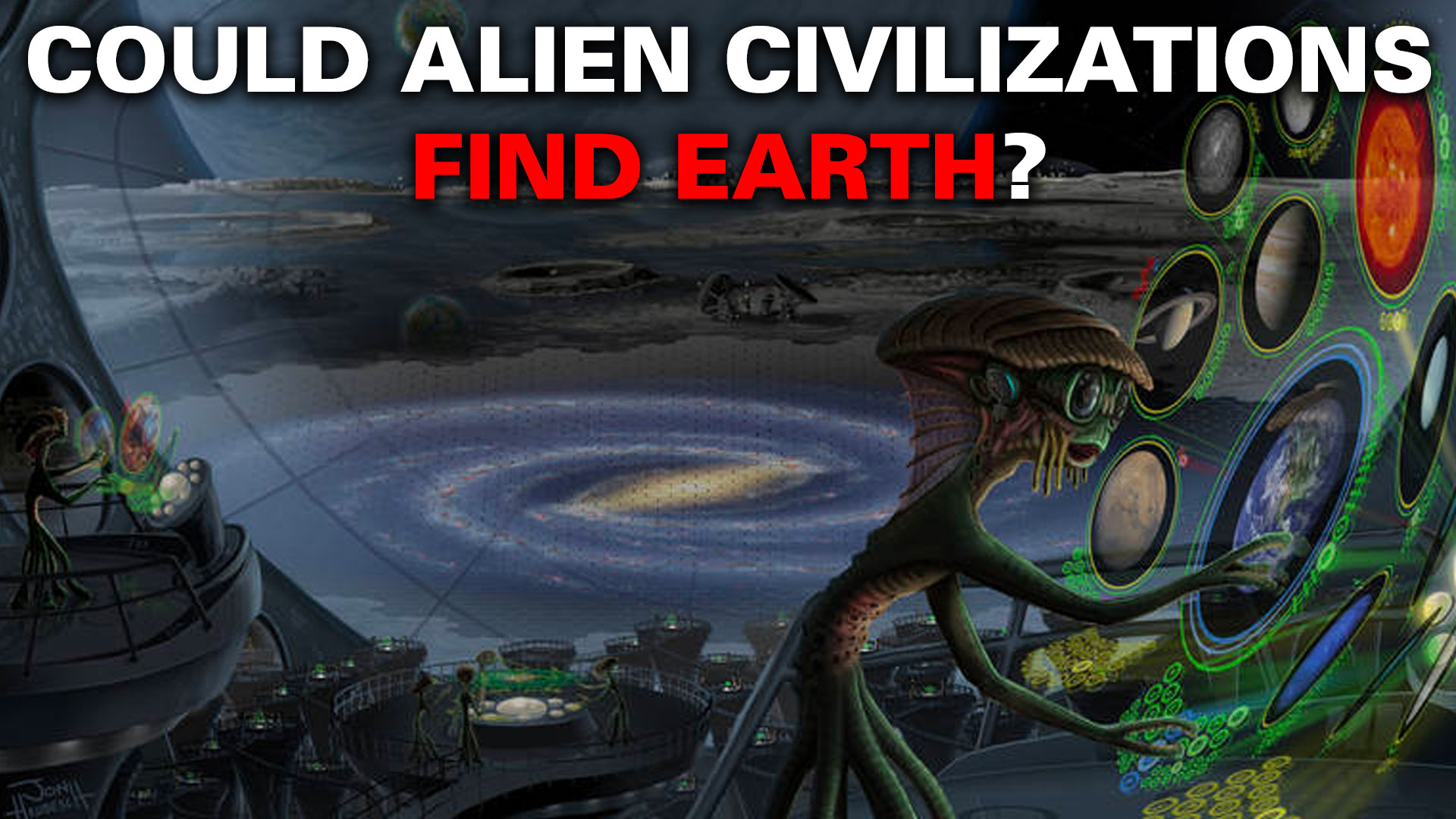One of the fascinating things about being a human in this age is that we can do more than wonder about other life and other civilizations. We can actually look for them, although there are obvious limitations to our search. But what’s equally fascinating is that we can wonder if others can see us.
Assuming that all civilizations who have begun to explore their surroundings are interested in finding other civilizations, then the question of who can detect who comes down to technology. It takes advanced technological tools to search for the technosignatures of other civilizations. It also takes technology to produce most of them. But what level of technology is needed on both sides of that equation?
The technology needed to produce technosignatures is not complex. We’ve had that technology for thousands of years. The Great Pyramids are proof of that. But what technology is needed to see them? And from how far away?
In new research published in the journal Acta Astronautica, a researcher associated with SETI poses the question, “Are we visible to advanced alien civilizations?” His name is Z. Osmanov, and he’s the author and co-author of multiple studies and articles on SETI and related topics.
“We considered the question of how our artificial constructions are visible to advanced extraterrestrial
civilizations,” Osmanov writes. Osmanov explains how the universal laws of physics set the limits for detection and how more advanced civilizations can solve this problem. The maximum distance for detections is about 3,000 light-years, according to Osmanov, adding that “under certain conditions, Type-II advanced alien societies might be able to resolve this problem.”
What technologies are needed to receive our technosignatures?
The background for Osmanov’s work is the classification of civilization types called the Kardashev Scale, which is familiar to many readers. It’s the work of Soviet astronomer Nikolai Kardashev, and it describes three types of hypothetical civilizations:
- Type I Civilizations harvest, use and store all the energy on their planet.
- Type II Civilizations directly consume their star’s energy with a Dyson sphere or something similar.
- Type III Civilizations can capture all the energy available in their entire galaxy.
(Note that in the Kardashev Scale, humanity is about 0.75.)

In his research, Osmanov ignores Type III civilizations and focuses on Types I and II. He asks a relatively straightforward question: “Can the artifacts of our technological society be visible and potentially detectable by the telescopes of ETs?”
Our technological artifacts are things like large engineering projects and satellites. A Type I or II civilization would recognize these things as technological artifacts if they could see them. According to Osmanov, the best way for an ETI to detect them is with reflected light, and that means high-powered optical telescopes with extreme angular resolution.
We’re busy building more powerful telescopes with greater angular resolution, and ETIs are probably working on it, too. ETIs more advanced than us are way ahead of us. “In this paper, we analyze how visible we are to advanced ETs, depending on their technological level.”
Osmanov says that ETIs will make use of interferometry to detect us. Astronomical interferometry uses two or more individual telescopes separated by distance to observe the same object at the same time. The data from the detectors is combined and processed. So rather than viewing something with the limited angular resolution of a single telescope, interferometry basically builds a “virtual” telescope—a telescope array—that is much larger than any physical telescope could be.

Osmanov calculates that for an alien civilization to detect the Great Pyramids of Giza, for example, the civilization would have to be no further away than about 3,000 light years. Because of the number of photons that would have to be sensed to see the Pyramids, the telescope would have to be extraordinarily huge. Only an interferometer could do it. “It is clear that the diameter of the telescope should be on the order of several million kilometres,” the author explains.
That eliminates Type 1 civilizations. “Such huge megastructures might be built only by Type-II civilizations but not by Type-I alien societies,” Osmanov writes.
But how can we know if any ETIs of Types II or III are within the 3,000 light-year range? Osmanov uses the well-known Drake Equation to determine that number. The Drake Equation is a probabilistic argument that thinkers can use to try to understand how many ETIs there might be in the Milky Way, but of course, there’s no absolute way of verifying its answers. It’s a thought experiment tool that keeps everyone on the same page when thinking about the question of ETIs.
In his calculations, the author determines the average distance among advanced civilizations. “As an order of magnitude, we assume that the civilizations are uniformly distributed over the galactic plane,” Osmanov writes. There would have to be something like 650 ETIs in the Milky Way for one of them to be close enough to detect our large engineering projects from the ancient world up to our medieval times. That includes things like the Pyramids and maybe other large constructions.

The numbers are different when it comes to ETIs detecting our modern structures, because there hasn’t been enough time for the reflected light from these modern structures to propagate as far into space. There would have to be vastly more ETIs for one to be close enough to detect our modern structures, including satellites. “They can detect our modern constructions only if their total number in the MW is of the order of 106, which has been hypothesized by <Carl> Sagan,” Osmanov writes.
Of course, we have no way of knowing if there are any other ETIs or if one might have found our technosignatures. But the study does give context to the question and to thought experiments.
Barring first contact, all we have is thought experiments.

